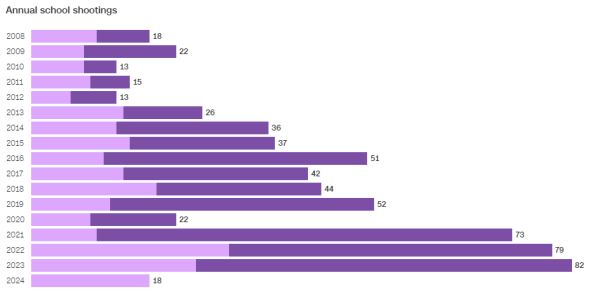Remain cautious of false info on social media
Anyone who’s ever been on social media knows just how easy it is to stumble upon misinformation.
In fact, false information is practically synonymous with social media itself. However, it is undeniable that social sites have revolutionized the way individuals receive news, especially those in younger generations. Pew Research Center found that 50% of individuals rely on social media for news sometimes or often. Social media can be a strong tool to share unseen perspectives and spread information rapidly, and because of this, it is essential to be aware of what is false and what is true when browsing, or else users will fall victim to misinformation. Twitter is the prime example of this.
On the app, accounts that are deemed “notable in government, news, entertainment, or another designated category” have a checkmark appear next to their name so users can understand that that account is verified. Verified accounts were a source of assurance, the checkmark assuaging readers that this profile knows what they are talking about. But Elon Musk’s recent purchase of Twitter has altered the way accounts are verified on the app. Instead of verification stemming from credibility in a certain field, any user can gain a checkmark by purchasing Twitter Blue, Musk’s new subscription that charges $7.99 a month for the elusive verification. Although formerly verified users still have their checkmarks, there’s no way to tell whether an account is verified due to credibility or verified because they have Twitter Blue from just an individual tweet. Upon clicking on the account, individuals can click on the check mark, and it will state the reason for that account’s verification. But the likelihood of individuals going through those extra steps is incredibly unlikely due to the rapid nature of social media. And the Twitter Blue verification isn’t conditional: users can change their profile names, pictures, and usernames as much as they like, something quickly abused when thousands of users began impersonating public figures and companies. This proved especially disastrous when a Twitter Blue user decided to impersonate pharmaceutical company Eli Lilly and declare that “insulin is free now.” This tweet went viral, causing the company’s stock to drop and lose billions of dollars. This example highlights just how easily individuals can fall prey to misinformation.
Individuals must be cognizant of what sources they are reading and getting their information from, and analyze it closely. Regardless of whether or not the platform continues to conduct itself this way, it is essential that all users remain vigilant to avoid falling victim to the misinformation that runs rampant on all platforms. It sounds redundant and obvious, but it truly is essential not to believe everything you see on social media, especially because according to the Integrity Institute, on average, misinformation is amplified and spread more than true content. Additionally, the institute found that Twitter and TikTok are the platforms where false information is amplified the most.
The Talon urges individuals to remain vigilant when scrolling through social media, doubling checking posts one may see so they do not participate in the spreading of misinformation.


